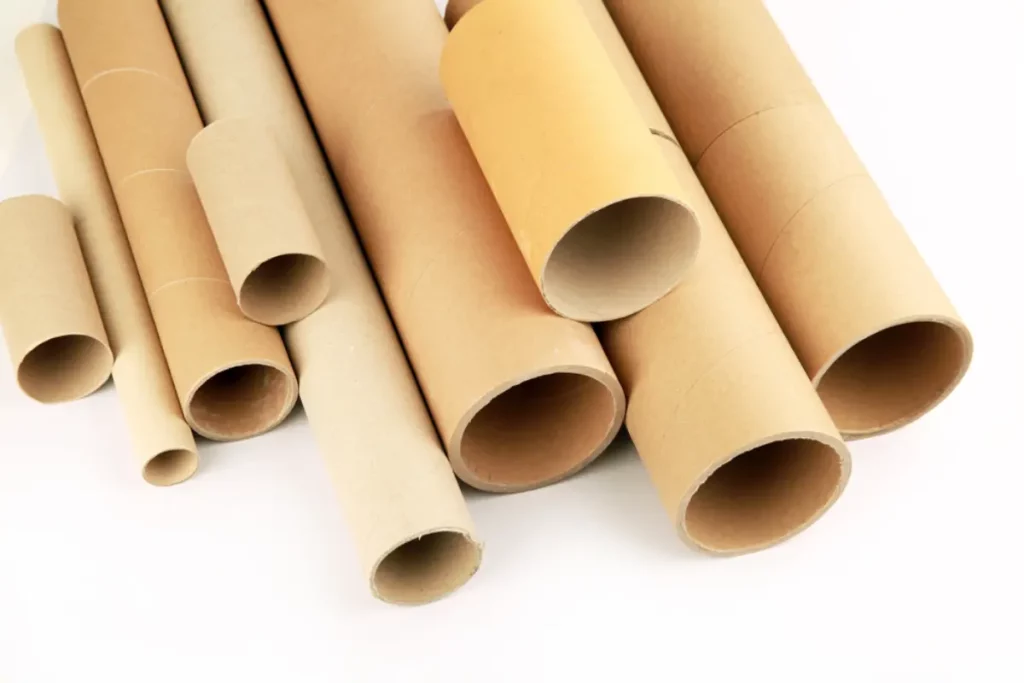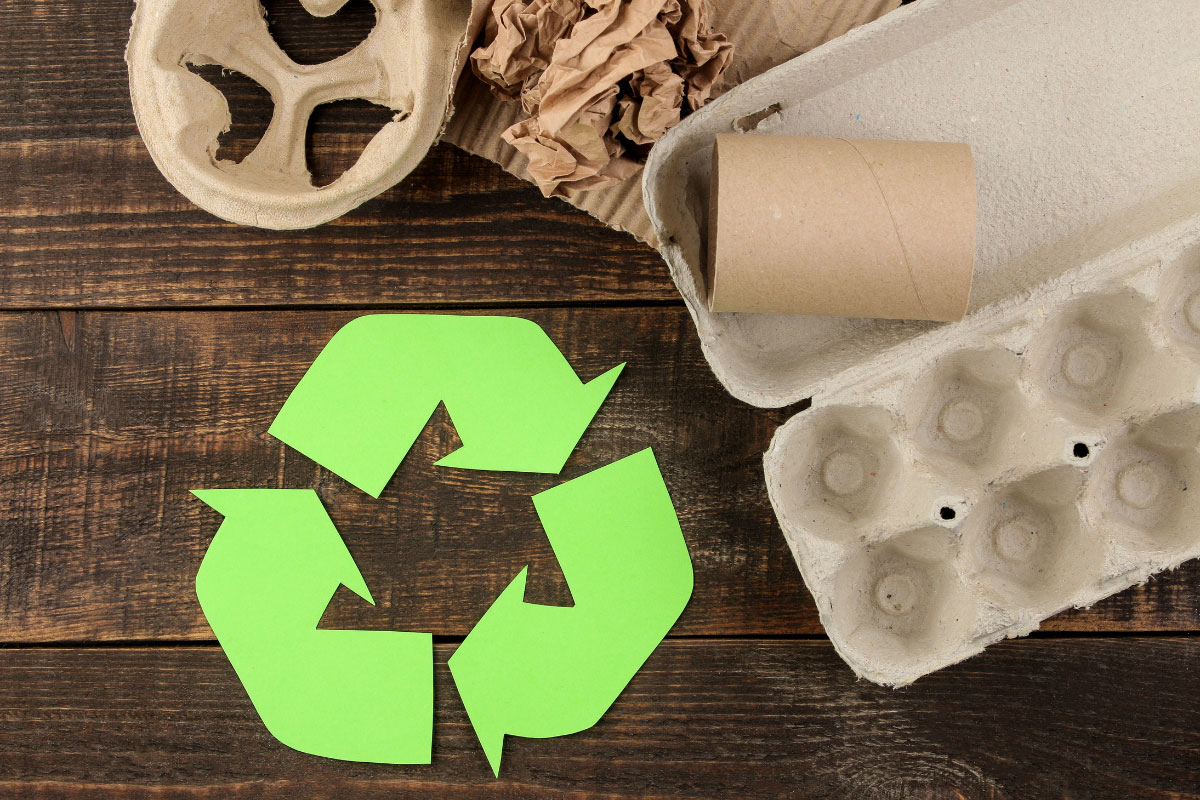Paper tube, which is also known as bobbin or cardboard tube in the market, is used in various industries. Paper tubes use in the food industry, transportation and postal services, automobile manufacturing, textile, packaging, healthproducts, art supplies and etc.
Which country made the first paper tube?
The creation of the first paper tube is closely related to the invention of paper and cardboard. Kai Lun of China invented the first paper in 105 AD using cloth pulp and fishing nets. Then improve the structure of the paper using pulped plant fibers. Over the centuries, the use of paper spread throughout the world. The invention of the first cardboard also goes back to China. In the 1600s, the Chinese developed the first thick cardboard paper used for packaging.
The paper tubes we use today were born after the mid-1800s with the invention of the grinding machine. Invented in Germany in 1843, this machine made it possible to turn wood into pulp, which could be used to make paper. After this invention, the production of paper tubes and cardboard boxes began.
During the 1900s, engineers and scientists came up with new materials and better technology that paper tube manufacturers used to make their products. Gradually, more durable pipes were made. These tubes are still popular after years and are one of the first choices of industries for packing and storing products.

What is a paper pipe?
These products are made in the form of cylindrical tubes. If you’ve seen these tubes before, you’ve probably noticed their layered structure. In the structure of these tubes, sheets of paper or cardboard are stuck together using glue, laminate or other materials. We can also classify paper tubes according to length (tube height), diameter and thickness. Every industry needs a type of pipe with a specific thickness.
How do paper tubes produce?
Materials such as wood pulp in the form of cardboard, recycled paper, waterproof cardboard, paper adhesive composites, kraft paper, liner paper, cardboard and fiber are used to make tubes. The selected raw material completely depends on the application of the pipe and determines its resistance, strength and quality. When the manufacturers receive the order, they first determine the application of the pipe and then decide on the material and structure of the pipe.
The production of these tubes begins by cutting large sheets of paper or cardboard into thin strips by manufacturers. Then an adhesive coating is applied to the strips and they wrap it directly or at a certain angle around the mold that is made in a certain way. Most cardboard tubes are spiral. Manufacturers can add multiple layers during this step, depending on the resistance level of the pipe. For example, to make waterproof cardboard and for heavy and special applications, manufacturers add more glue, internal sealing layers, etc. Finally, the pipes can be cut in different dimensions according to the customer’s request.
Types of paper tubes
What are the types of pipes? The classification of paper tubes is done based on the application. Pipes used in toilet paper, fabric rolls, construction, transportation, etc. have different strength, characteristics and structure. For example, tissue paper bobbins are thin and small, but for large paper rolls, long and thick tubes are used.
1- Paper Cores
These tubes are made of cardboard and paper and are known by this name because of their use. The tube is placed in the center of products such as toilet paper, paper towels, cloth rolls, electric wires, etc. These tubes have a solid base and are used for easier maintenance, storage and use.

2- Shipping tubes
This type, also known as mail tube, is used to carry items over long distances. Shipping pipe is designed in the form of cylinders with narrow cross-section and long length. They are the best choice for shipping goods that can be rolled in the form of a cylinder, because they occupy a limited space, and as a result, a larger volume of goods can be transported and costs are reduced. This style of transfer makes the products safe from dents, shocks, breaks, etc., and is used to transfer documents, posters, papers or pieces of artwork and similar things.
3- Kraft pipe
Kraft paper is made from paper pulp and is brown in color. If kraft paper is used in making the tube, it is called kraft tube. These tubes are flexible and can withstand the pressure caused by long transportation processes.
Advantages of paper tube
What are the advantages and special features of the pipe that made it popular? Before discussing the advantages of this product, it is necessary to mention that the structure of pipes is not resistant to water; Therefore, if they are used to store food, hygiene and cosmetics, other materials must be added to their structure to cover this violation. Also, no raw materials should be used in the food packaging industry.
- The tubes are flexible and strong.
- They provide the possibility of carrying goods without bending and changing the structure.
- They can be recycled and reused, so we produce less waste.
- They are cheaper compared to glass, metal, plastic or wood.
- They are easier to cut and use.
- They are light weight and durable, that’s why they are a better choice compared to metal and plastic.






